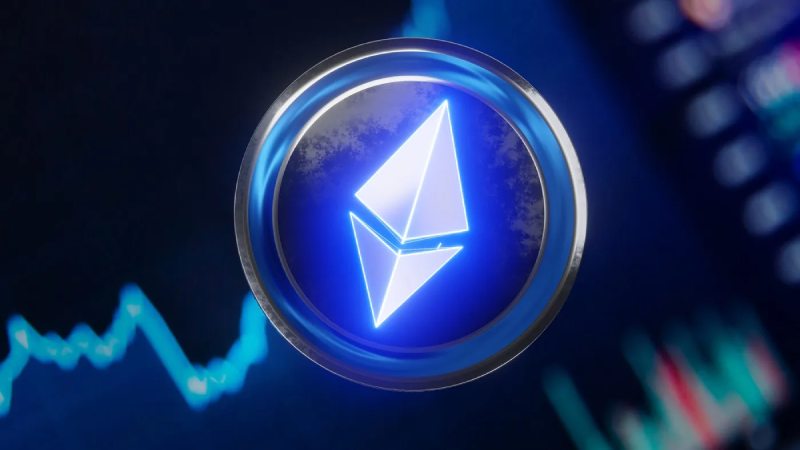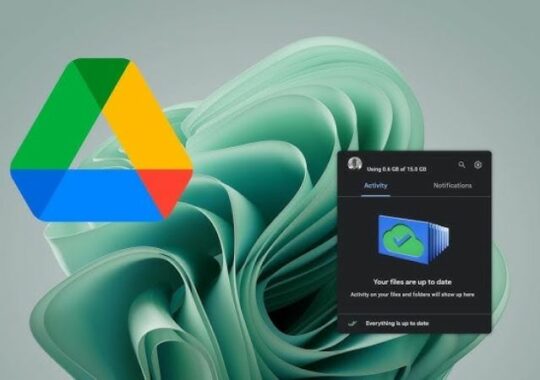Following a few glitches that kept the network from concluding in the allotted amount of time, Ethereum core developers confirmed that the Dencun upgrade went live on the Goerli testnet on Wednesday.
Around 6 a.m. UTC, the fork was launched, and developers soon discovered that only about 80% of validators were participating. For background, if about 10% of validators are not online, the chain will usually become unfinal.
Client teams were investigating the reason behind the chain split, according to Ethereum core developer Tim Beiko, who also chairs the core developer meetings.
Right before Goerli’s hard fork, Prysm ran into a bug. A solution is presently being merged after the bug was found. Later on, terence.eth, an Ethereum developer, announced on X that a hot patch image would be made available in the coming hours.
After the patch was applied and validators resumed their online work, approximately four hours later, Ethereum developer Parithosh Jayanthi verified that the Goerli fork had succeeded. In the All Core Developer meeting on Thursday, Jayanthi said, a more thorough examination of the incident would be covered.
EIP-4844, which applies the protodanksharding technique that moves blob carrying transactions onto the blockchain, is introduced to the network by the much awaited Dencun upgrade.
By “sharding” data storage rather than dividing the blockchain into smaller pieces when storing transient off-chain data, these transactions will reduce transaction costs for Ethereum Layer 2 networks.
After the upgrade is activated on the Holesky and Sepolia testnets, it is anticipated to be deployed on the mainnet by the end of the first quarter of 2024.





